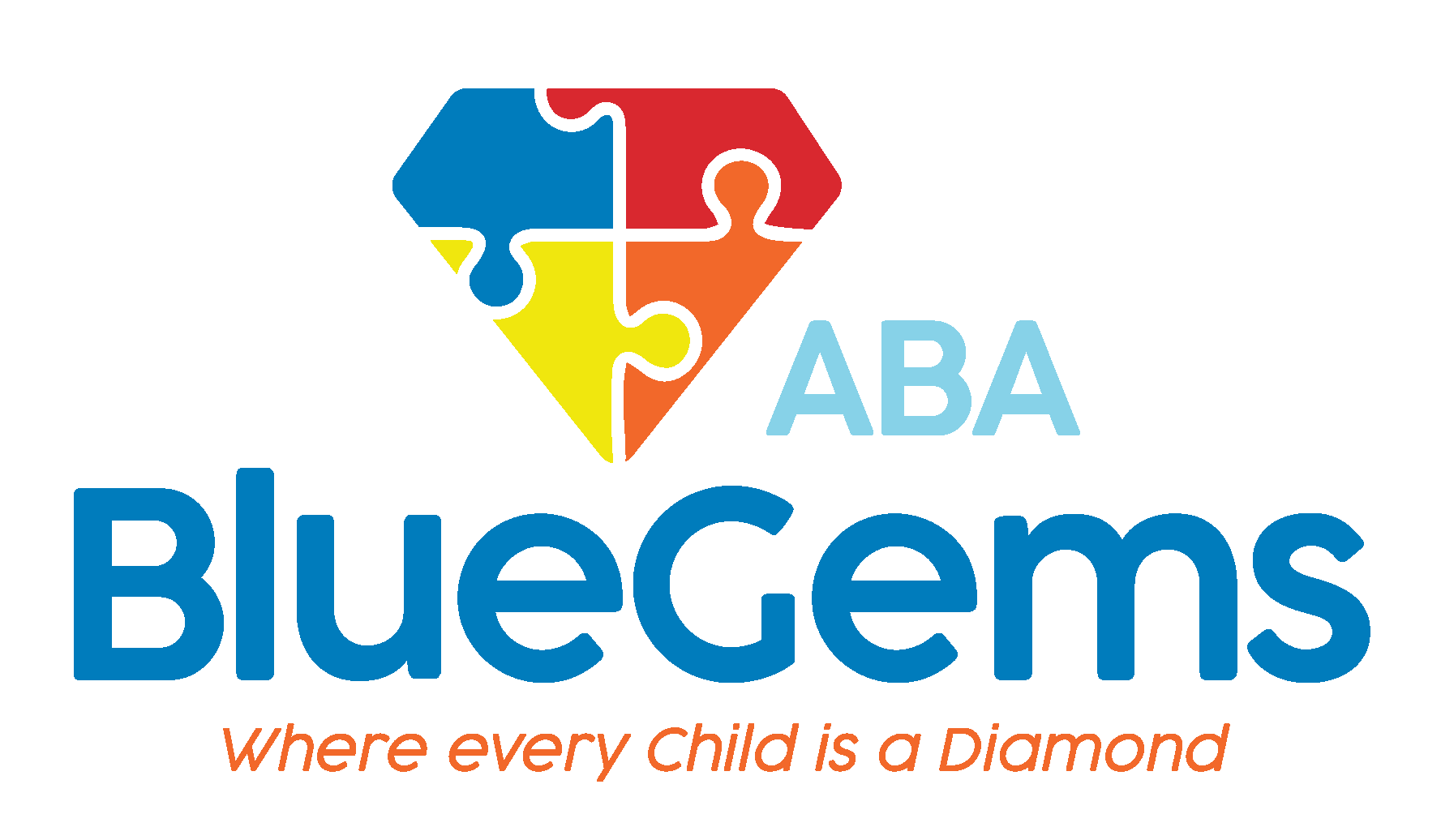How ABA Addresses Interrupting Behavior
It takes time to teach children how to take their turns in conversation and not interrupt others while they’re talking. Interrupting behavior is relatively common in most children, but it’s especially so for children with autism spectrum disorder (ASD).
Various factors play a part in this, including difficulties understanding social cues, a lack of impulse control and even just basic excitement to share what they’re thinking.
Deficits in communication and social interaction are two hallmarks of ASD, and children on the autism spectrum often need specialized treatments to help them improve these skills and more.
In this article, we’ll discuss how applied behavior analysis (ABA therapy) addresses interrupting behavior.
Table Of Contents
Why Do Children with Autism Display Interrupting Behavior?
Children with autism who exhibit interrupting behavior often do so not because they’re being rude but because of different underlying triggers. In ABA therapy, it’s important to understand and identify these triggers so a specific treatment plan can be designed.
Many children with ASD experience stress and anxiety. It can be hard for them to manage their emotions, and this might cause them to interrupt conversations.

In this same vein, individuals with autism can get excited easily and have trouble keeping that excitement inside. They may not be able to contain this excitement, so it comes out as an interrupting behavior.
Another factor is a lack of impulse control, which can be linked to the differences they experience neurologically. This could result in them having trouble delaying a response to someone else talking.
Part of understanding when it’s your time to talk in a conversation includes picking up on non-verbal and social cues. Since children with autism struggle with this, it can lead to them exhibiting frequent interrupting behavior.
| Behavior Cause | ABA Therapy Response |
|---|---|
| Excitement or lack of impulse control | Positive reinforcement, Pivotal Response Training (PRT) |
| Difficulty understanding social cues | Modeling, role playing |
| Anxiety or emotional dysregulation | Visual supports, structured routines |
| Lack of turn-taking skills | Task analysis, social skills training |
How Does ABA Therapy Address Interrupting Behaviors?
ABA therapy approaches interrupting like a lot of other impulsive behaviors in children on the autism spectrum. The first step is identifying what the triggers are that cause that behavior and then designing with interventions to target that behavior.
The goal is to teach the child how to wait their turn by having them understand social and non-verbal cues, by managing their emotions and more. This is done by encouraging positive behaviors such as waiting their turn in a conversation and discouraging impulsive ones such as interrupting.
The targeted interventions that are selected will work to improve the child’s self-regulation skills while also improving their general social skills. Positive reinforcement will be integrated into the process, with a reward such as a toy, token or extra praise being given for successfully exhibiting the desired behaviors.
What Are Some of the Strategies ABA Therapy Uses for Interrupting Behaviors?
ABA therapists have many strategies and tools at their disposal that they can use to address interrupting behaviors.
Task analysis is an approach that breaks down complicated tasks into smaller, more manageable steps. This makes it easier for children with autism to understand the process, and helps to reduce their frustration as well as impulsivity at the same time.
Pivotal Response Training (PRT) can improve a child’s self-regulation and boost their motivation to do so over time. It improves their impulse control and social interactions.
Differential reinforcement works to decrease impulsiveness and interrupting behaviors by giving rewards when children exhibit the desired behaviors. This keeps them engaged in the learning activities and encourages them to stay motivated to continue exhibiting the positive behaviors rather than interrupting.
ABA therapists will also frequently use visual aids such as charts, schedules and pictures to boost learning. These help to set understandable expectations for children with autism, which can lower their stress and anxiety.
All of these strategies can be used in a variety of settings, and reinforced through things such as modeling and role playing, which allows children with autism to practice their conversational skills so they can be better prepared for real-world scenarios.
Blue Gems ABA Can Address Impulsive Behaviors in Children with ASD
Children with autism may exhibit interrupting behaviors and impulsivity more often compared to their neurotypical peers. Their neurodevelopmental disorder may cause them to become overly excited, have trouble managing their emotions, and not understand non-verbal and social cues.
At Blue Gems ABA, we can help children with autism address impulsivity such as interrupting behaviors through targeted interventions. We create personalized treatment plans that are based on each child’s unique strengths, challenges and preferences, which makes them more effective.
To learn more, please contact us today.




